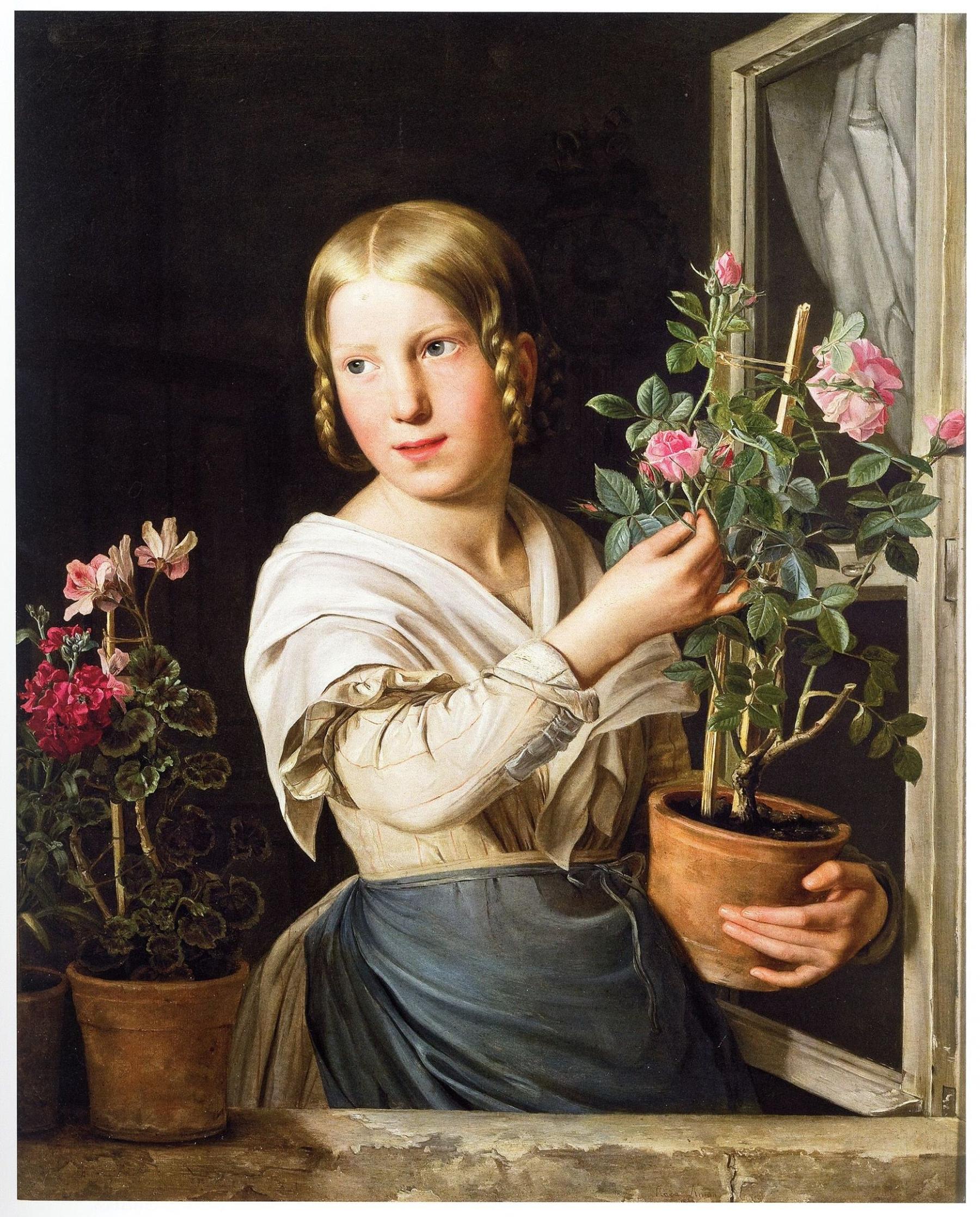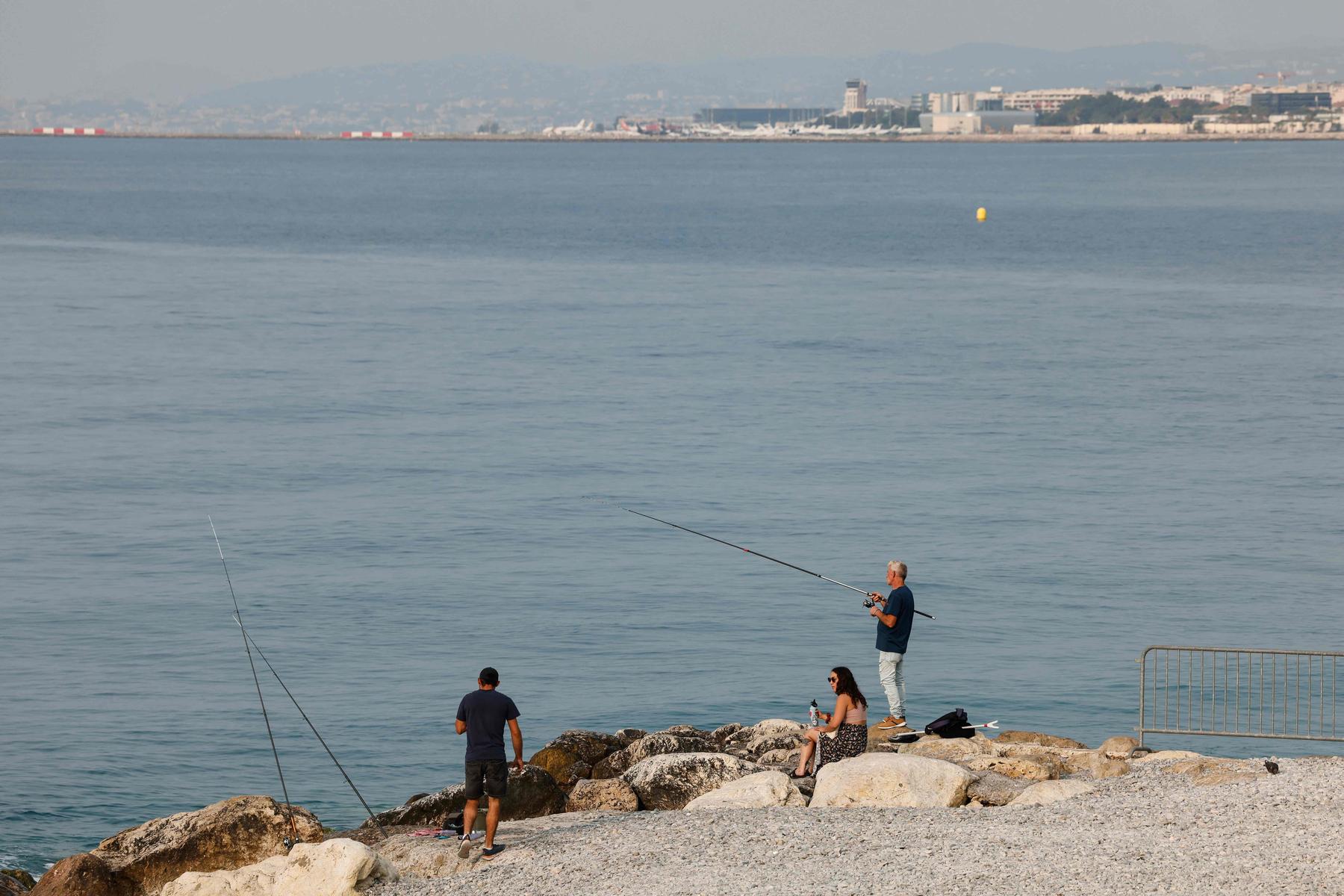Colonial history and houseplants – Diepresse.com

Many of our most popular ornamental plants originally come from remote world areas. The awareness that the floral splendor on our balconies and window sills is closely related to colonial history is not widespread.
When the Spanish conquistadors came across Mexico’s Aztecs more than 500 years ago, they were really enchanted by the lush flora and garden culture of the new world. « The princes thought nothing more than lingering roses, » reported Dominican Diego Durán. And yet the conquerors destroyed this fascinating culture.
Some of the flowers found their way from the new world across the sea to Europe, for example the Dahlie,, who had already admired Hernán Cortés. In 1791 it was mentioned in Europe in honor of the Swedish botanist Andreas Dahl Dahlia Pinnata. Anyone who described a plant for the first time, classified nature and published something about it was also allowed to give her a name. It consisted of two terms that were either Latin or at least sounded like that. So it happened that a Mexican flower is named after a Sweden. In the case of the dahlia, the original wild forms resulted from crossings and breeds thousands of different varieties, which differ primarily by the flower shape. They enchant in late summer, but when it gets colder, their country of origin is noticeable: they do not tolerate frost at the roots.
Plants from all over the world conquered the greenhouses and gardens of the colonial powers. They came to Europe in boxes or well -laced lacing to Europe after months of shipping. The Vienna World Museum is reminiscent of these relationships in a small, freely accessible exhibition under the title « Colonialism on the window sill ». Here, ancestral research is operated by the example of ten known and popular plants in Germany: all, geranie, begonie, cactus, birch fig, Bogenehanf (formerly Sansevieria), USAMBAREIDEN, aloe vera, green lily, araucaria have their natural habit outside of Europe. Global interdependencies and cultural appropriation as well as conversion in European contexts are to be made visible in the exhibition. You would have expected more, but apparently the budgetary volume was not big enough, so there is no accompanying book.
Columbus
The USAMBARAMENCHEN, you can find out here, came to Europe late, in the course of an expedition of the German-East African Society of 1884, it was « discovered » and sent to the court garden director of Hanover. This Hermann Wendland then presented it in the magazine « Garden Flora » in 1893, which he called it after the Usambarave region. But towards the end of a centuries -long development of the « plant transfer », which started early, actually with Christopher Columbus at the end of the 15th century.
Since the research work by the American historian Alfred W. Crosby of the « Columbian Exchange ». What is meant is the previously previously previously spread of flora and fauna over the continents, which led to ecological changes, but also to revolutionary historical developments in modern times. Not only new flowers adorned the gardens of the Europeans, but also new foods such as corn or potatoes became indispensable. Initially, they were also cultivated as ornamental plants, the knowledge of their benefit had to prevail. Conversely, dahlia buds were eaten.
But it was also increasingly about science. The expeditions in the 16th and 17th centuries brought a wealth and variety of plants for the botanists of Europe that they had not known. This aroused their need for order and naming in order to make the system of nature manageable by the method of comparison and subsequent classification. They were called « plant maker ». Like the urge, it was an inventory of life in the world. Gigantic undertaking, never fully. The natural sciences are shaped by researchers like Carl Linné to this day.
With the expansion of the colonial rich, the expeditions multiplied, and new plants were added across the globe for surprises. In the beginning, it was rarely scientists who accompanied the seafaring. They relied on what was packed in scratched, rusted travel cases or fabric boxes, unloaded from the ship’s bellies. But the long crossings neither man nor a plant protect. Many plants were already completely or half -dead when leaving the ship. They were actually not difficult to transport, either as onions or seeds or a hundred thousands of living plants.
botanist
It was a difference whether botanists or gardeners were waiting for the ships. The gardener wants to accompany the plant, hide it, maintain and promote them. He lives and suffers with them. The botanist also watches her in death, he can also assign a place in life to her and make the secret order of God’s creation visible with her. One like Carl Linné did not intend to plant a geranium. For that he had gardeners. But of course their interests met with useful material.
The 18th century was the age of the discoveries for the botany, and a start -up period for colonization. The targeted search for new plants, from hobby, striving for profits, prestige, scientific interest or simply curiosity. But the seafaring people, the captains or sailors, these blanks, had little sense of their valuable freight. They were anything but gardener. When the boxes were opened, horror often spread. Enormous sums were put into the seafaring, but after months, sometimes even years in a very unfavorable environment, the result for plant lovers was a single misery. If the boxes were below deck, there was no light, it was too hot on the top on board and the leaves of salted water sloping up. Drinking water was always close on board, people had priority. Open packaging was hit by animals that always existed on a ship.
Glass house
So gardeners increasingly traveled on the ships. However, it was only in 1830 that the invention of a London doctor named Nathaniel Bagshaw Ward made plant transport more resistant to human disinterest and climatic unbill. He had observed that a damp plant could survive in a hermetically sealed, glazed container. For the first time in 1833, a captain no longer transported plants in boxes, but in two fully glazed and hermetically sealed glass boxes. It was taken care that the earth in which the ferns, mosses and grasses were planted was not too dry and not too damp. Of course you should always be on deck. The water contained in the earth was evaporated by the plants, condensed on the glass and dripped back into the earth (Hansjörg Gadient described this in 2010 in the magazine « Mare »). Due to the transported earth, however, pathogens often came into foreign ecosystems. Until air traffic prevailed in the 20th century, plants now traveled like this. The World Museum Exhibition shows such a mobile miniature glass house, as Ward developed.
The « discoveries » that the botanists made were only for themselves discoveries: the locals were well known to the locals. But the new, European names, among which most species are known today, displaced the original, even in the countries of origin. This internship is called « parachute science » today, for example in connection with fossils. As with a parachute jump, researchers from the global north end up in other countries. There they carry out excavations and then take the fossils home. Local experiences or expert knowledge are ignored, the origin of the objects is not documented transparently.
The exhibition in the World Museum uses a patent law dispute to draw attention to the problem of biopiracy. For centuries, the Geranie Pelargonium was used in Africa as a medicinal plant for respiratory diseases. A German pharmaceutical company used the plant from a game collection as a medication against bronchitis and reported several patents without the African origin companies in the profit. In 2009 there was a legal dispute, the patent rights were withdrawn.
What you definitely take from the exhibition: the knowledge of the origin of flowers like geraniums or dahlias. Today they are seen as the epitome of domestic farm garden culture. There can hardly be a greater mistake.
Exhibition
« Colonialism on the window sill »
World Museum Vienna:
New Hofburg, room Zam, until 25. 5. 2026, daily except Monday, free admission,
No catalog







